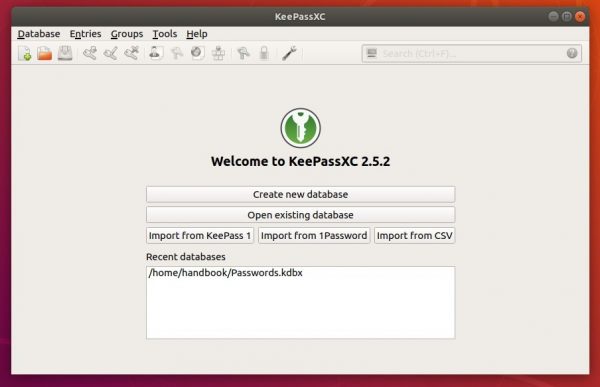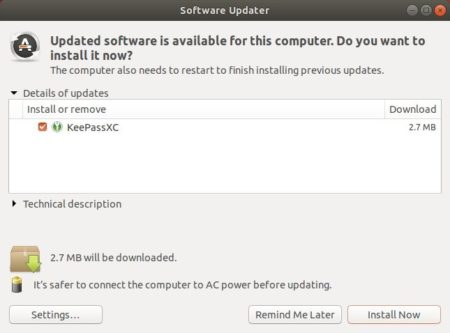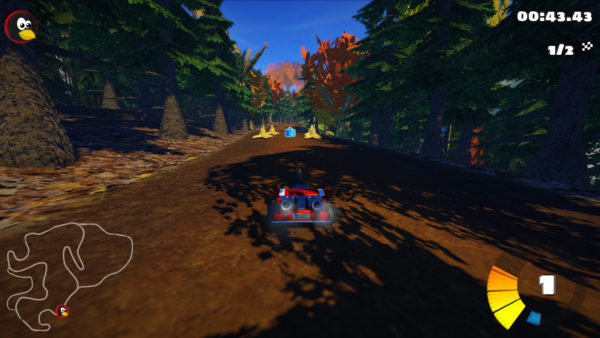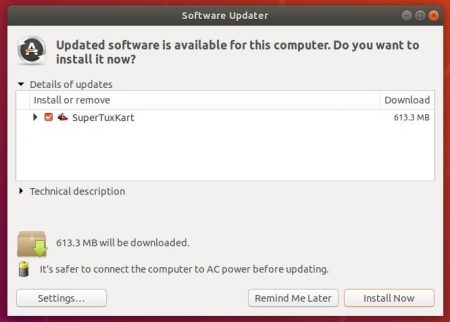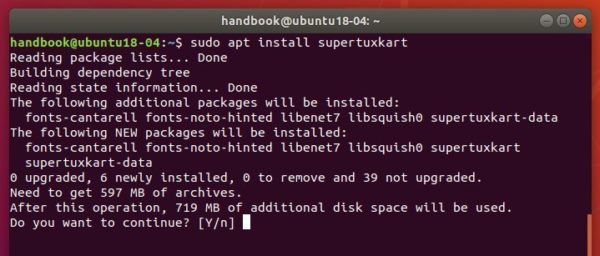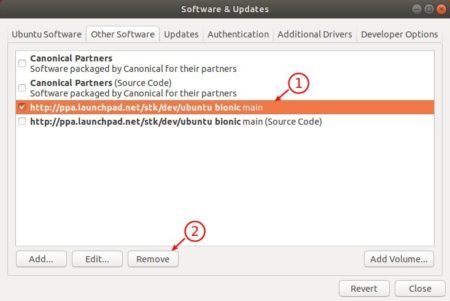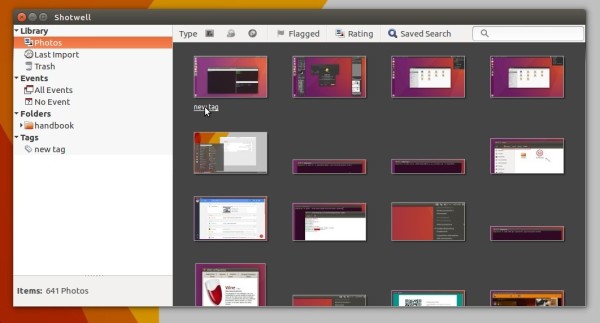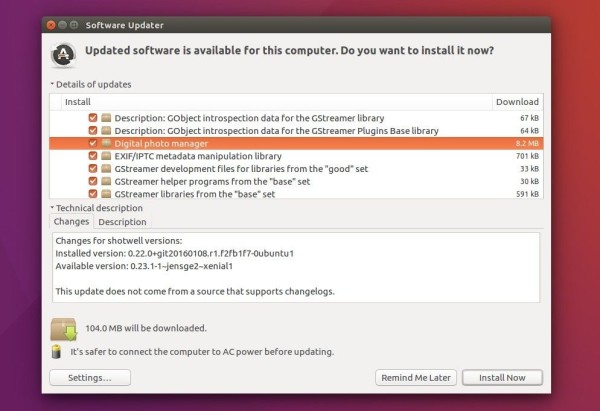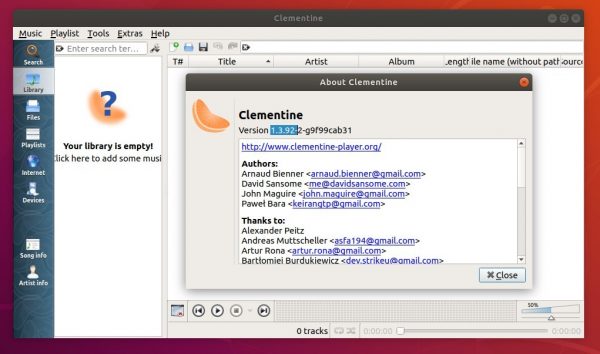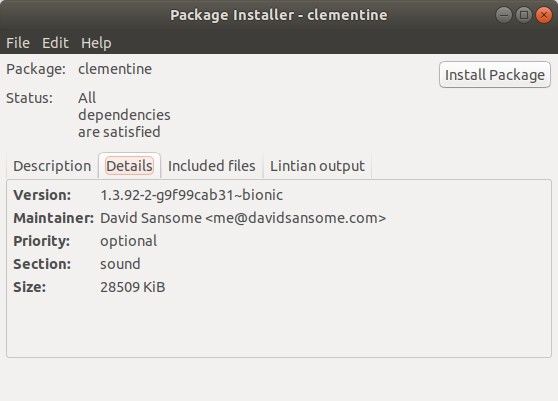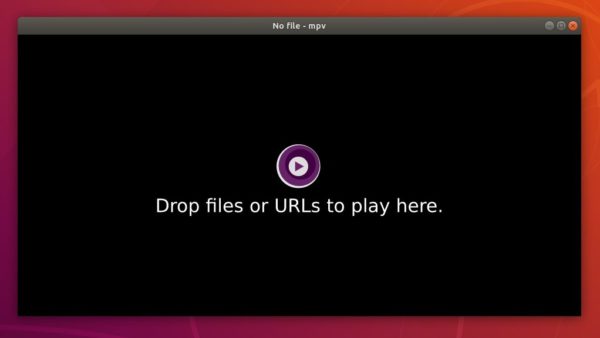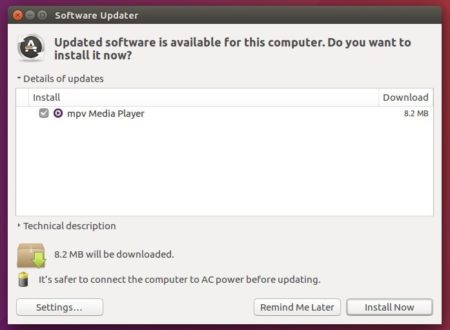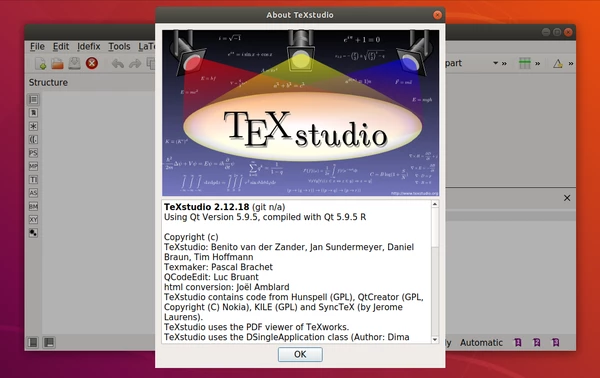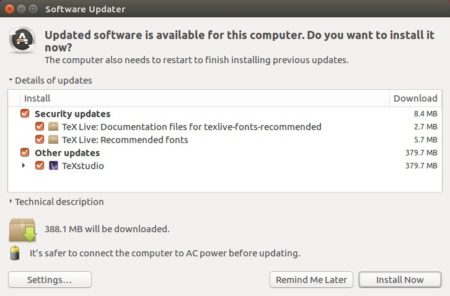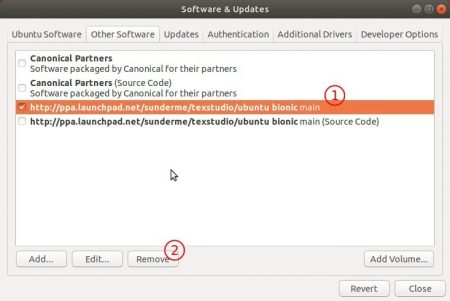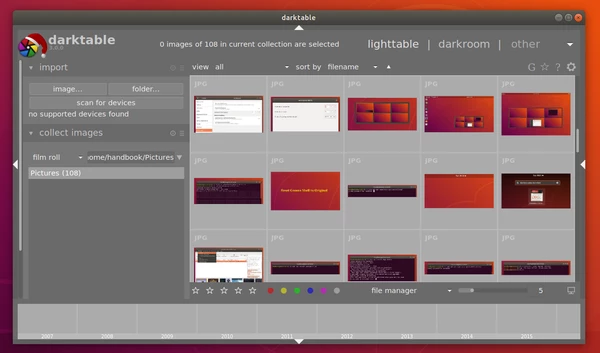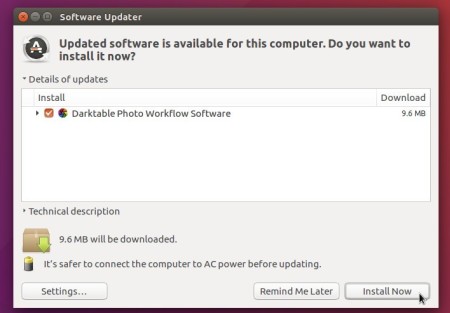![]()
Mozilla Firefox 72.0 was released today. Picture-in-picture video now is available for Linux and Mac OS.
“Picture-in-picture” feature allows web video to be played in a “pop out” window. Simply select the blue icon from the right edge of a web video to pop open a floating window so you can keep watching while working in other tabs.
Other changes in Firefox 72.0 include:
- Block fingerprinting scripts by default for all users
- Replaces notification request pop-ups with speech bubble in address bar.
- Remove support for blocking images from individual domains.
- Various security fixes.
Download / Install Firefox in Ubuntu:
You’ll be able to upgrade the pre-installed Firefox to the latest 72.0 release in Ubuntu 16.04, Ubuntu 18.04, and Ubuntu 19.10, through the Software Updater in 2 or 3 days (check the building page).
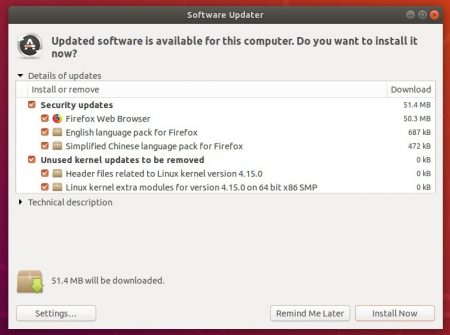
Or install the Firefox 72 Snap package (runs in sandbox) simply from Ubuntu Software. It can be installed alongside pre-installed Firefox, and will automatically update to the latest.
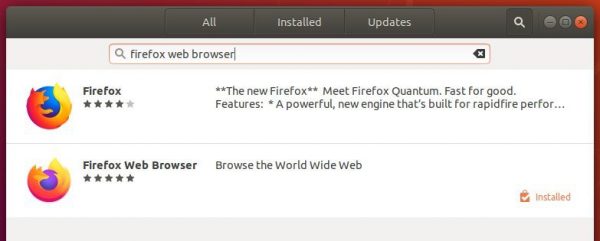
Also Mozilla Firefox website offers non-install (extract and run the executable) tarball for all Linux desktop.




